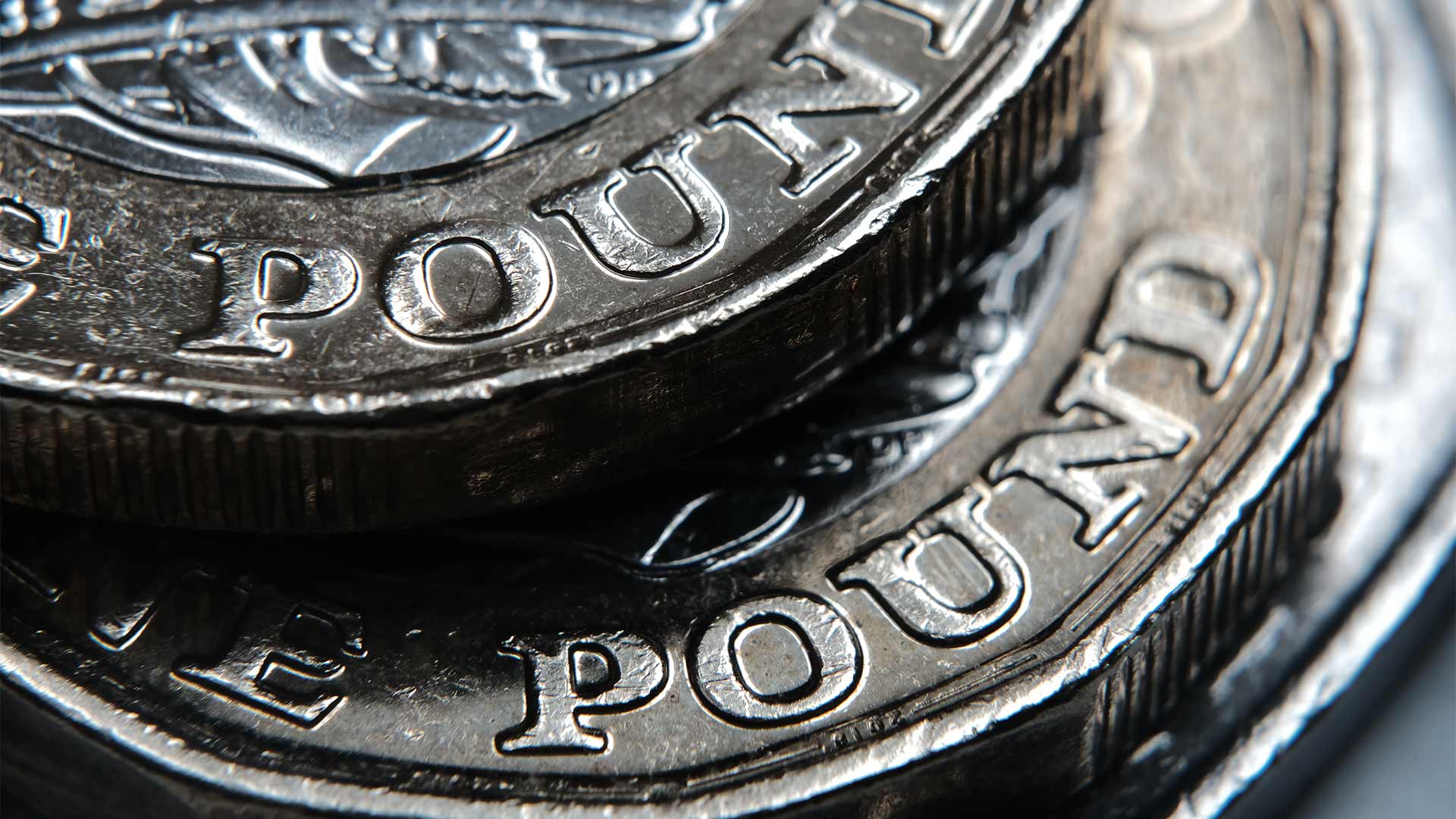Unprecedented government spending, much of which has gone to support firms and individuals through the pandemic, coupled with an economic recovery on the back of vaccines, is raising the spectre of inflation for the first time in years.

The UK’s rate of inflation reached an all-time high of 8.5% in April 1991, a far cry from 0.5% today and the record low of -0.10% in April 2015. To put it into context, in 1991 Bryan Adam’s ‘Everything I do (I do it for you)’ was top of the charts, the average UK house price was £71,000 and UK interest rates were 10%. The fact that an increasing number of experts believe inflation is now poised to raise its head again after years out of treasury’s view has important implications.
It’s not only bond holders who will get stung by higher consumer prices eroding the purchasing power of their investment. Treasury teams also need to prepare. Inflation threatens a company’s bottom line by increasing costs like inputs and equipment. It can force businesses to raise their prices, giving the edge to competitors and crimping consumer spending. Managing inflation requires liquidity and real efficiencies in cash management as well as ensuring maximum productivity.
“Nobody is looking at inflation. I believe that everybody should be looking at nothing else,” says Riccardo Rebonato, Professor of Finance at EDHEC Business School and EDHEC-Risk Institute. “The world was obsessed by inflation in the 1970s-1980s, and completely forgot about it in the new century.”
The unprecedented build-up in liquidity due to government spending and debt issuance to fight the economic impact of the pandemic will soon see economies take off and prices rise as the vaccines return life to normal. The scale of central banks’ response to coronavirus, combined with a huge fiscal stimulus like Biden’s proposed US$1.9trn COVID-19 relief bill, is going into the pockets of firms and people, rather than just the banking system. The ten-year US “break-even” rate — a proxy for investors’ inflation expectations over the next decade — is starting to rise. It has climbed from below 1.6% in September to about 1.9%, the highest since May 2019 and just below the Fed’s average inflation target of 2%. In the eurozone, inflation expectations are still well below the ECB’s target of just below 2%.
The fact inflation remains at low levels despite the “QE-generated money-printing spree” is a source for alarm for Rebonato. “Debt can be issued and simultaneously purchased by the central bank via QE. The net effect is to put money in the pocket of Joe Public. And in all of this, somewhat magically, inflation does not appear to materialise.”
Other experts flag that even more dangerously, stagflation (high unemployment combined with rising prices) could also be on the horizon, posing more of a challenge for policy makers. So far, policy has concentrated on keeping borrowing costs low, ensuring debt issuance is digested and liquidity maintained. Increasingly, strategy will move to managing corporate solvency and inflation in a more complex policy response, they say.
Rebonato also argues that once inflation spikes, current monetary policy will only throw flames on the fire. “When we look at the scale and scope of the recent monetary operations, it becomes obvious that they can only work as long as inflation is absent. If there were a serious uptick in inflation, the whole mechanism would grind to halt first as further injections of QE stop, and then go into reverse as central-bank-controlled rates are raised. The financial mayhem that this would generate is not difficult to imagine, and, this time, the central banks would be adding petrol to the fire, not dousing the flames, with their tightening operations.”
“The experience of the 1970s shows that inflation can rise very quickly, very steeply. Long-term lenders, short-term borrowers and investors in general should [view the future] with attention – and a bit of trepidation.”